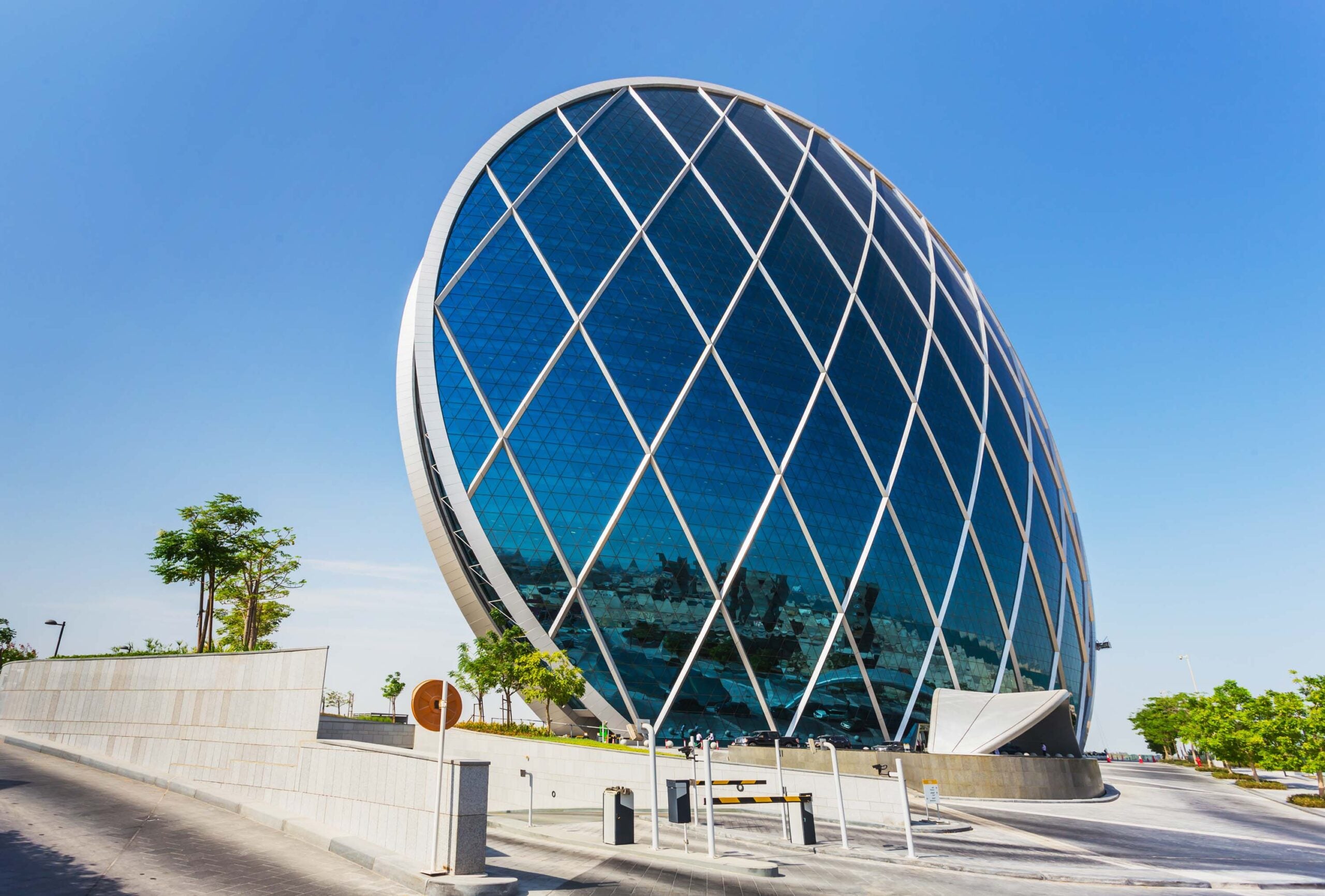
Middle East travel is thriving. In the first three months of 2023, the region welcomed 15 per cent more international tourists than it did during the same period in 2019 and is on pace to become the fastest-growing travel region in the world.
While this upswing is certainly met with relief and excitement from the travel industry, global inflation, rising oil prices, and the ongoing Russia-Ukraine war could threaten to put a damper on recovery.
Now, destinations must find ways to sustain the current positive upswing in travel intent to parlay that into future travel – and the answer lies in digital marketing.
By collecting and accessing the right data and activating it through multichannel campaigns at scale, destination marketers can capitalise on current travel intent to continue to drive demand.

The current state of Middle East travel
Based on data from the last five years, 2023 flight searches are currently surpassing both 2022 searches and the pre-pandemic levels of 2019, indicating strong travel intent to the region has persisted well past the World Cup.
Our 2023 data shows that 32 per cent of domestic and international travellers are searching for flights within the next seven days while 30 per cent are planning trips within the next 1-3 months.
Since the beginning of this year, regional travel is up by 20 per cent, international travel has increased by 9 per cent, and domestic travel has grown by 11 per cent. Solo travellers account for over half (60 per cent) of trip searches, followed by families (27 per cent) and couples (14 per cent).
While the majority of travellers are looking to book for 4-7 days, nearly 50 per cent of searches are for trips between 8-15 days or longer–up substantially from 2019. Given the increase in travel and length of stay, it’s clear that recovery is well underway. Destinations can turn current demand and travel intent into future bookings.

Turning demand into continued opportunity
There are a number of ways destinations can turn current demand into future opportunity. By using data to profile, find, and target ideal travellers, they can create personalised campaigns that reach travellers at exactly the right moment.
When they layer in partner data to garner deeper, real-time insights, destinations can gain market insights and trends, build custom audiences for a 360-degree view of visitors, engage with travellers more efficiently across digital channels, and deliver the right message in the right place at the right time.
However, in light of changing data usage policies–such as the demise of third-party cookies–destination marketers can’t afford to put all their budget into a single communication channel.
By diversifying marketing efforts across channels, destinations can create a healthy marketing mix to limit risks but also leave room for innovation by testing new things while consolidating the profitability of certain channels.

To continuously demonstrate the economic impact of campaigns, destinations should also consider partner co-op campaigns. Partner marketing pools data from multiple partners, including hotels, airlines, trains, attractions, and more, to generate more valuable insights.
This not only enhances campaign effectiveness but also allows partners to extend their budgetary reach and buying power using economies of scale.
When co-op campaigns are deployed in conjunction with marketing partners, destinations can benefit from new tools and technologies as well as access to detailed reports so that each partner understands the economic impact of their contributions.
Middle East travel demand is up, presenting destinations with a golden opportunity to capitalise on current trends to foster long-term traveller interest.
With the right data, the right insights, and the right partners, destination marketers can deploy campaigns that demonstrate ROI and keep the Middle East high on travellers’ destination lists.
By Stewart Smith, Managing Director, MEA at Sojern









